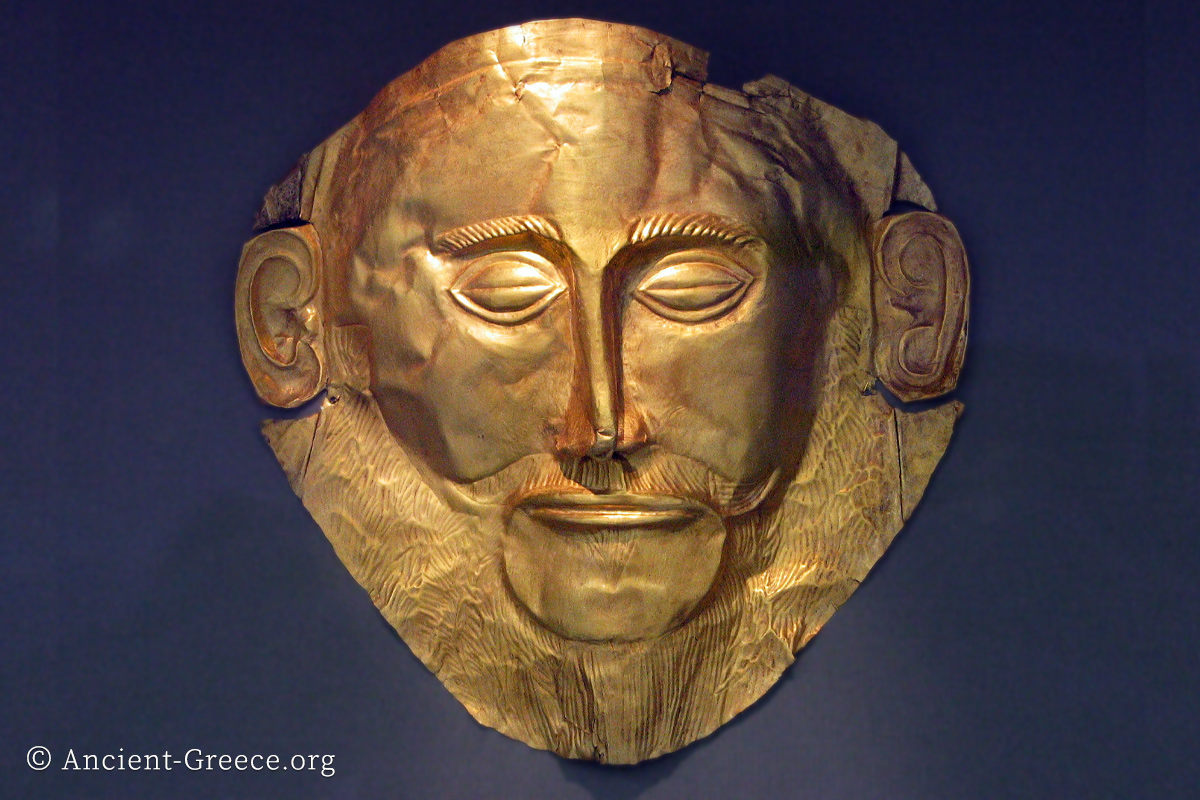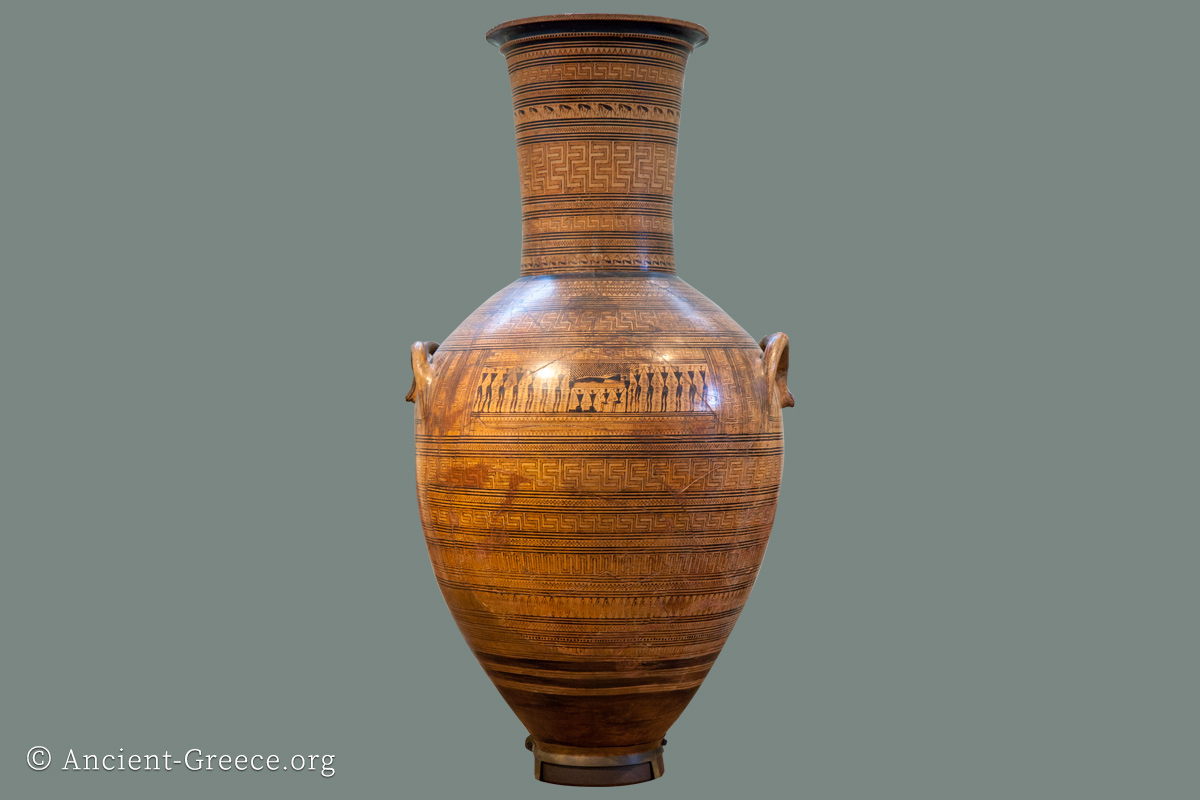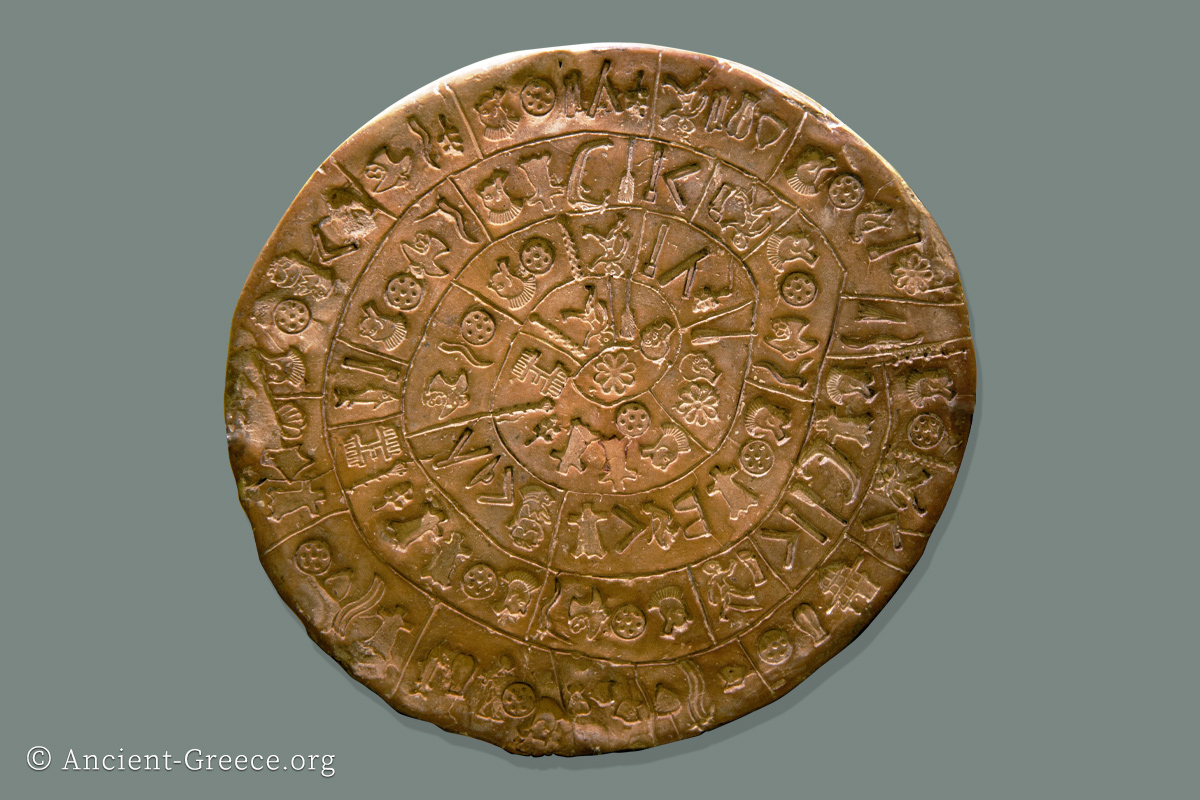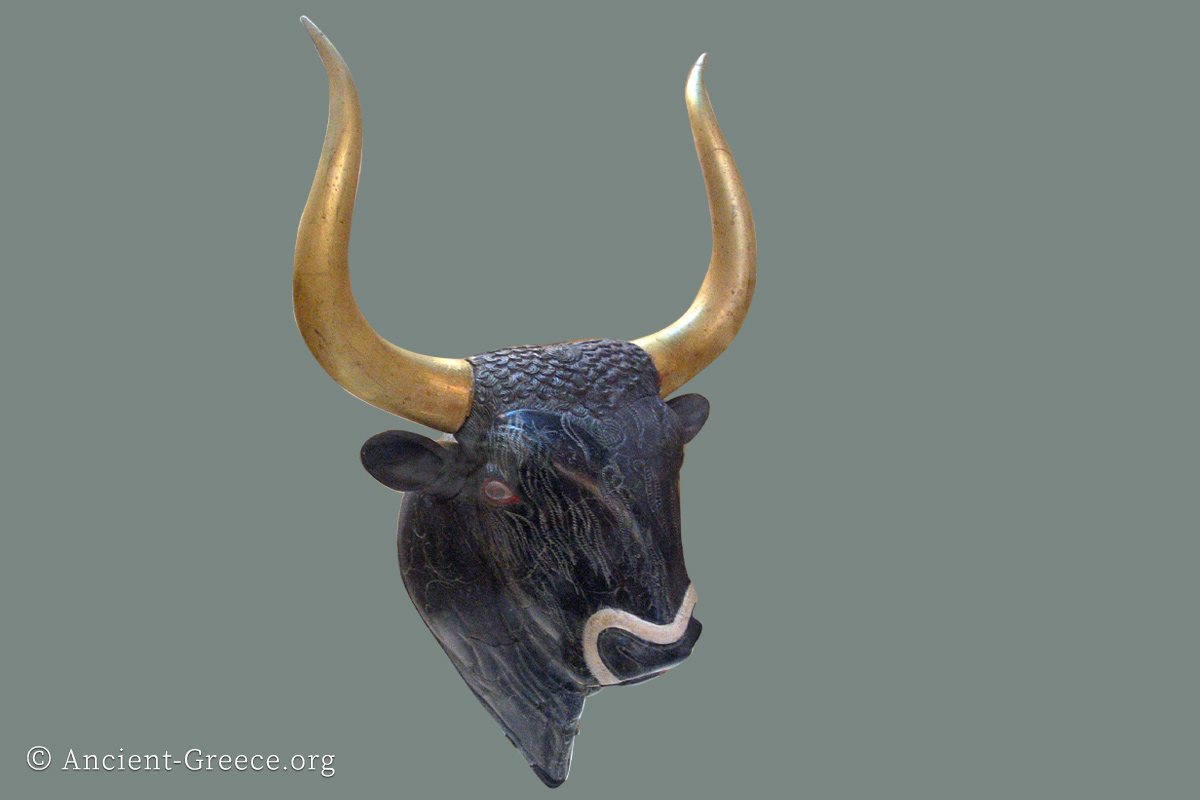History and Culture
-

History of Greece: The Stone Age
Read more: History of Greece: The Stone AgeEarliest Humans The earliest evidence of habitation in Greece comes in the form of a skull found in the Petralona Cave in Halikidiki. The cranium has been difficult to date, with some estimates indicating that it is about…
-
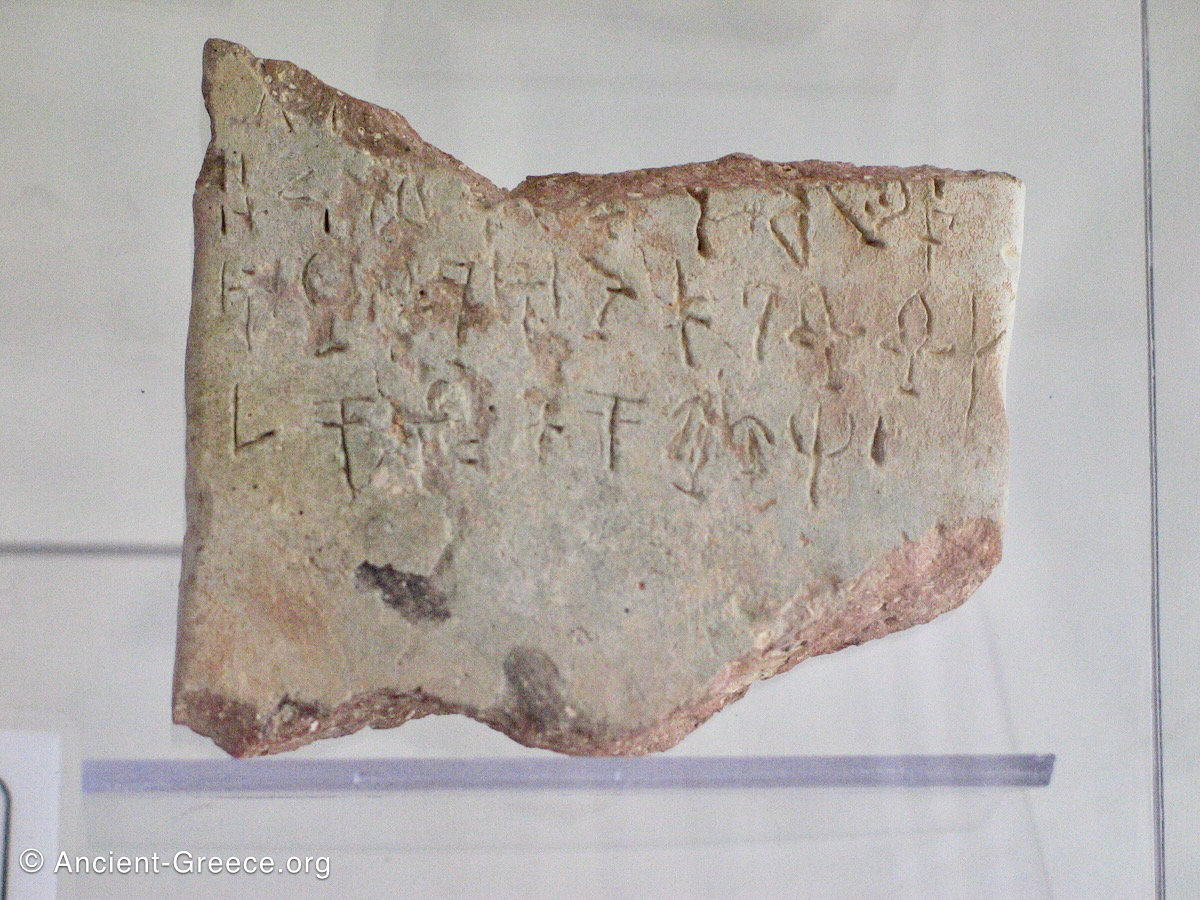
History of Greece: Bronze Age
Read more: History of Greece: Bronze AgeMinoan, Cycladic, and Helladic Cultures The Bronze Age, a period that lasted roughly three thousand years, saw major advances in social, economic, and technological advances that made Greece the hub of activity in the Mediterranean. Historians have classified…
-

History of Greece: Mycenaean Greece
Read more: History of Greece: Mycenaean GreeceMycenaean is the civilization that dominated mainland Greece, the Aegean islands, and the shores of Asia Minor during the late Bronze Age era (circa 1600-1100 BCE). The Mycenaean Era occupies the tail end of the Helladic Civilization, which…
-
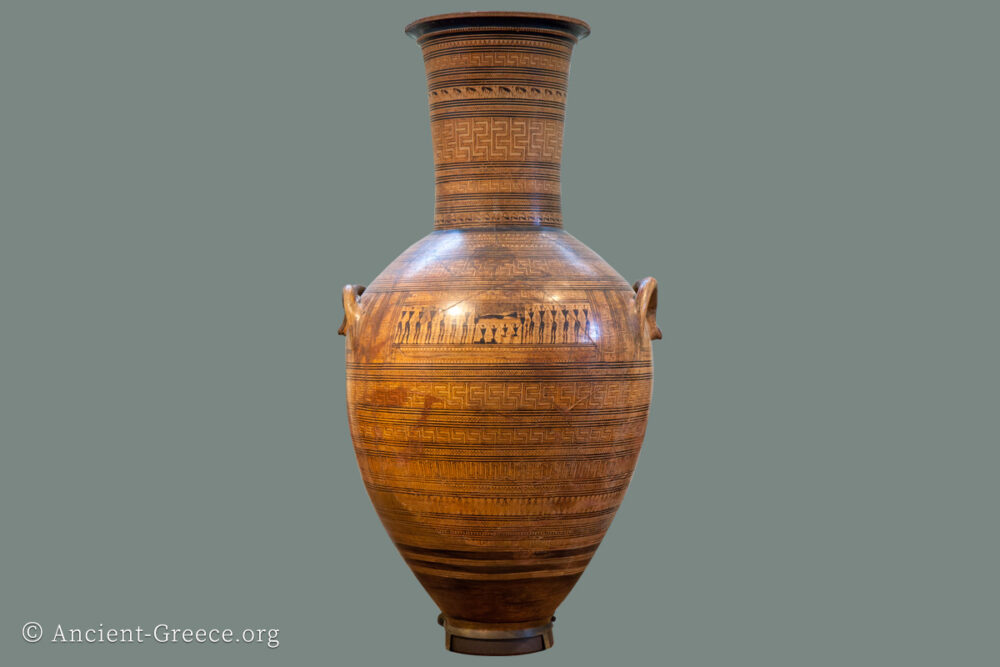
History of Greece: The Dark Ages
Read more: History of Greece: The Dark AgesEra Description The extensive damage done to the Mycenaean civilization at the end of the second millennia took three hundred years to reverse. We call this period “the Dark Ages” partly because the people of Greece fell into…
-
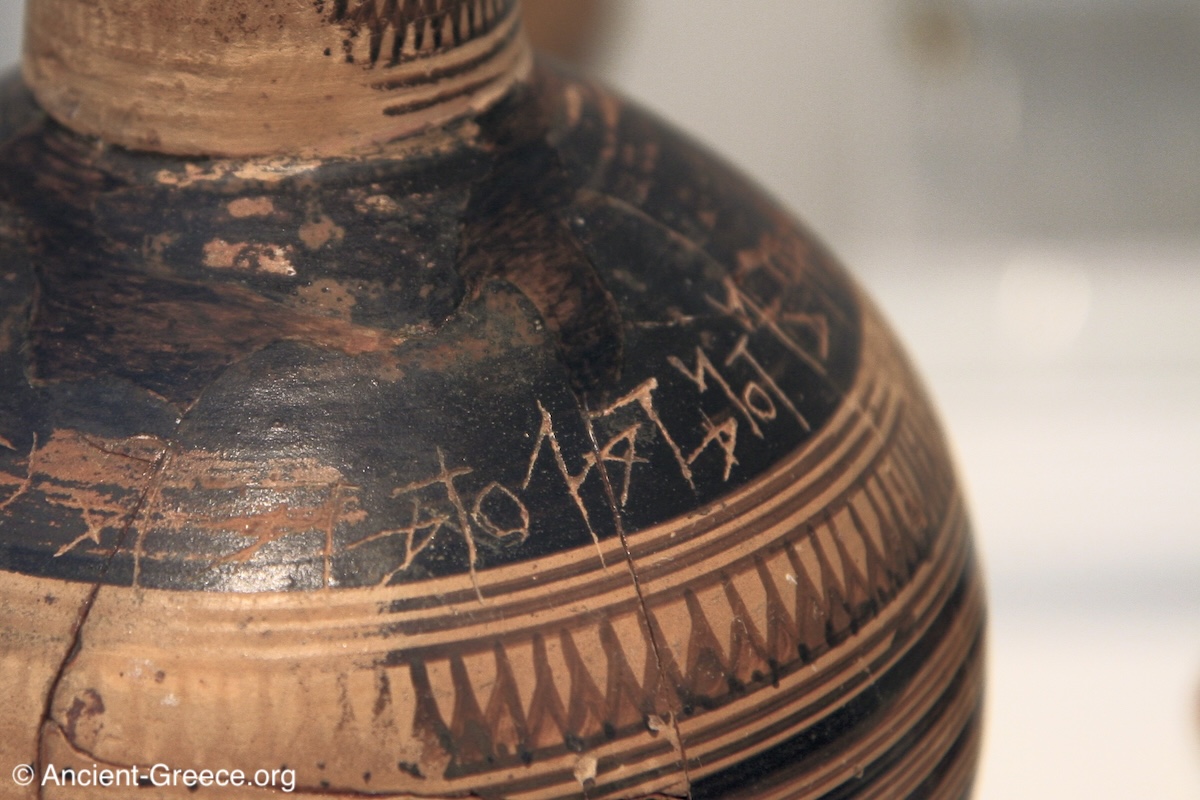
History of Greece: Archaic Era
Read more: History of Greece: Archaic EraThe period of Ancient Greece that followed the Dark Age is described as Archaic and lasted for about two hundred years from 700 to 480 BCE. In our day, the general use of the term “archaic” means anything “old-fashioned”, but…
-
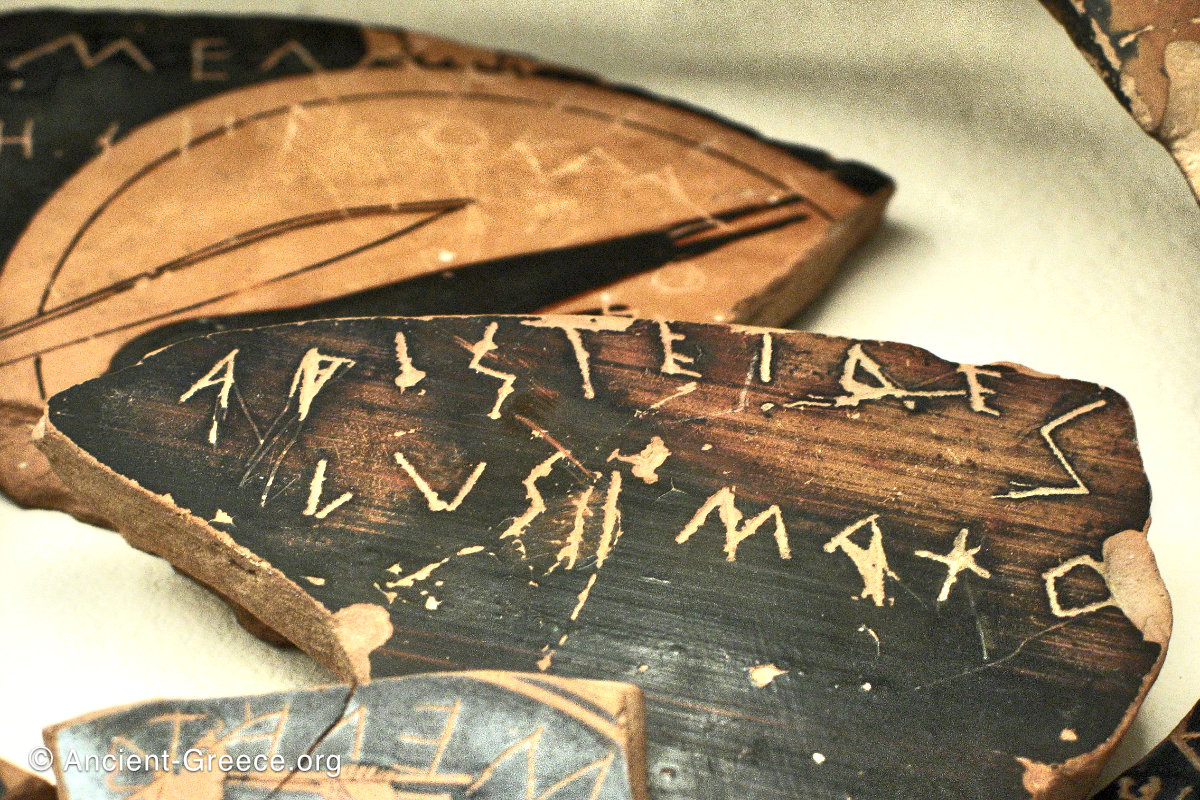
History of Greece: Classical Greece
Read more: History of Greece: Classical GreeceThe flurry of development and expansion of the Archaic Era was followed by the period of maturity we came to know as “Classical Greece”. Recognized as the pinnacle of Ancient Greek civilization, the Classical Period is the most famous for…
-

History of Greece: Hellenistic Period
Read more: History of Greece: Hellenistic PeriodA Cosmopolitan Era The Hellenistic Age (323-31 BCE) marks the transformation of Greek society from the localized and introverted city-states to an open, cosmopolitan, and at times exuberant culture that permeated the entire eastern Mediterranean, Egypt, and Southwest…
-
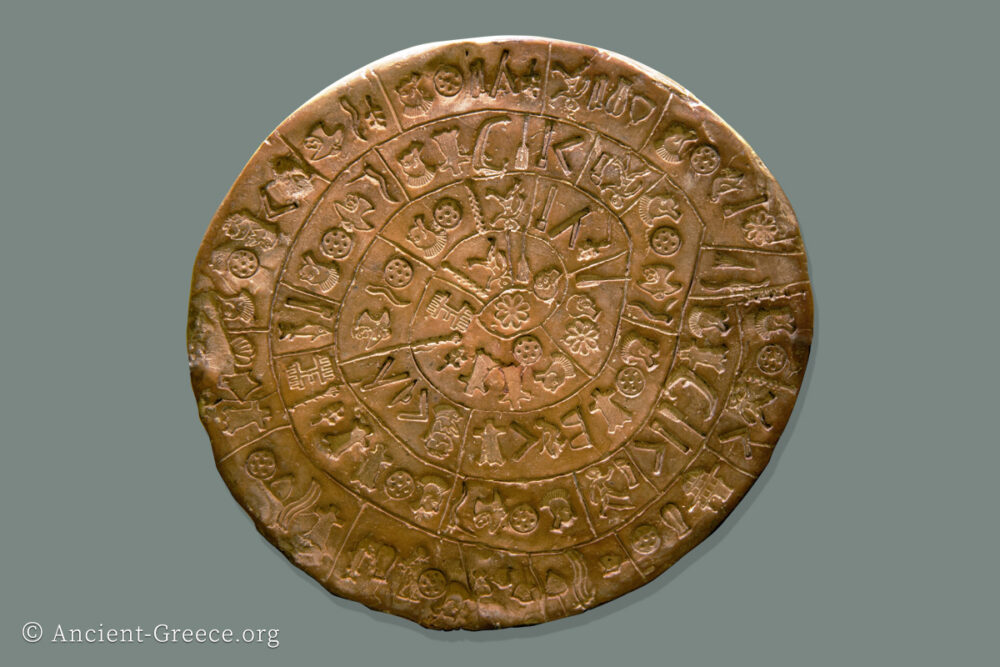
Minoan Culture
Read more: Minoan CultureLanguage The Phaistos Disk is the earliest, and only script of its kind we have from the Minoans. It is dated to 1700 BCE and resembles Egyptian hieroglyphs. Around the same time, or soon after, a syllable based script…
-
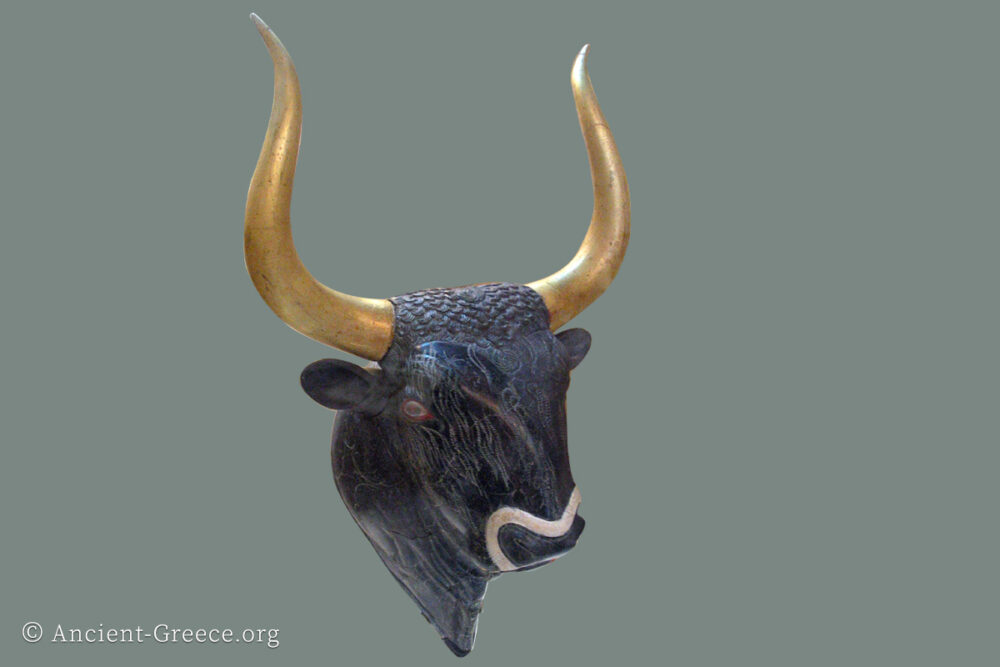
History of Minoan Crete
Read more: History of Minoan CreteThe Minoans (c. 3500 – 1100 BCE) had developed significant naval power and for many centuries lived in contact with all the major civilizations of the time. With their powerful navy they flourished in the island of Crete…
-
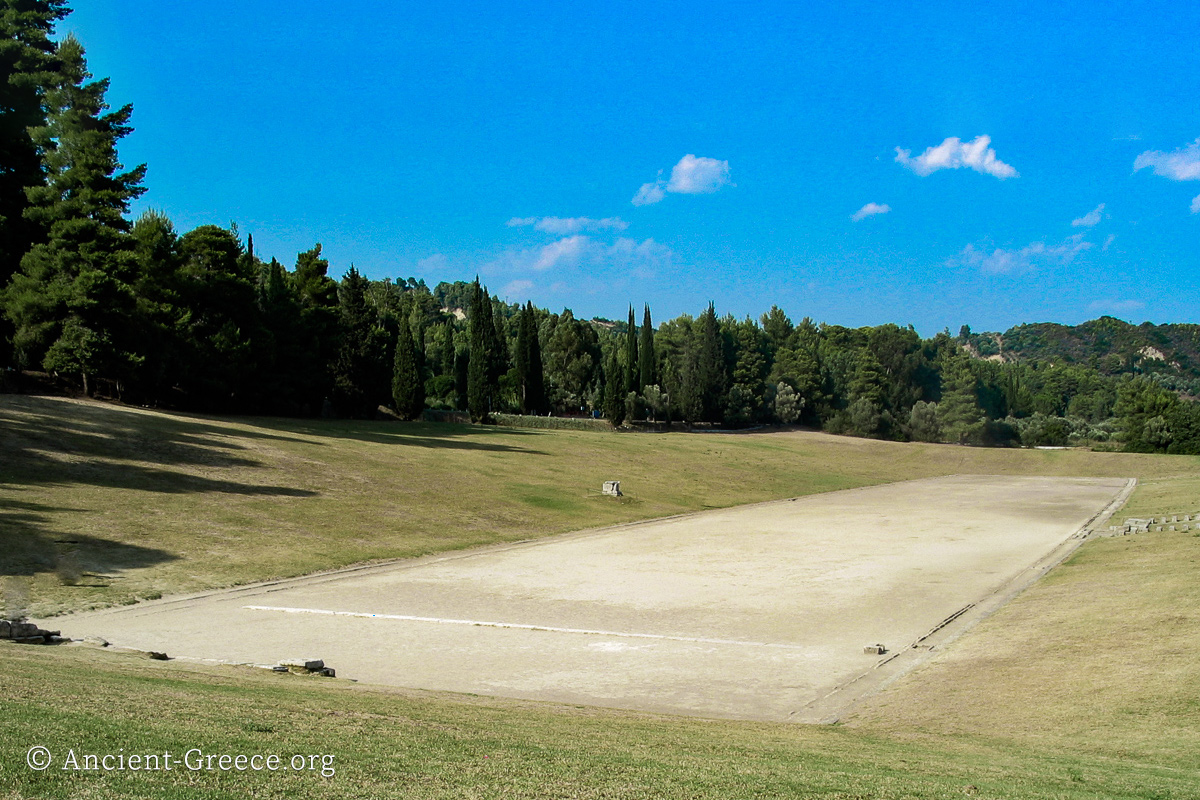
Olympic Games History
Read more: Olympic Games HistoryFor the ancient Greeks, the Olympic games existed since mythical times, but no definitive time of their inauguration can be identified with any certainty. The first Olympiad was held in 776 BCE, and this is the year that…


